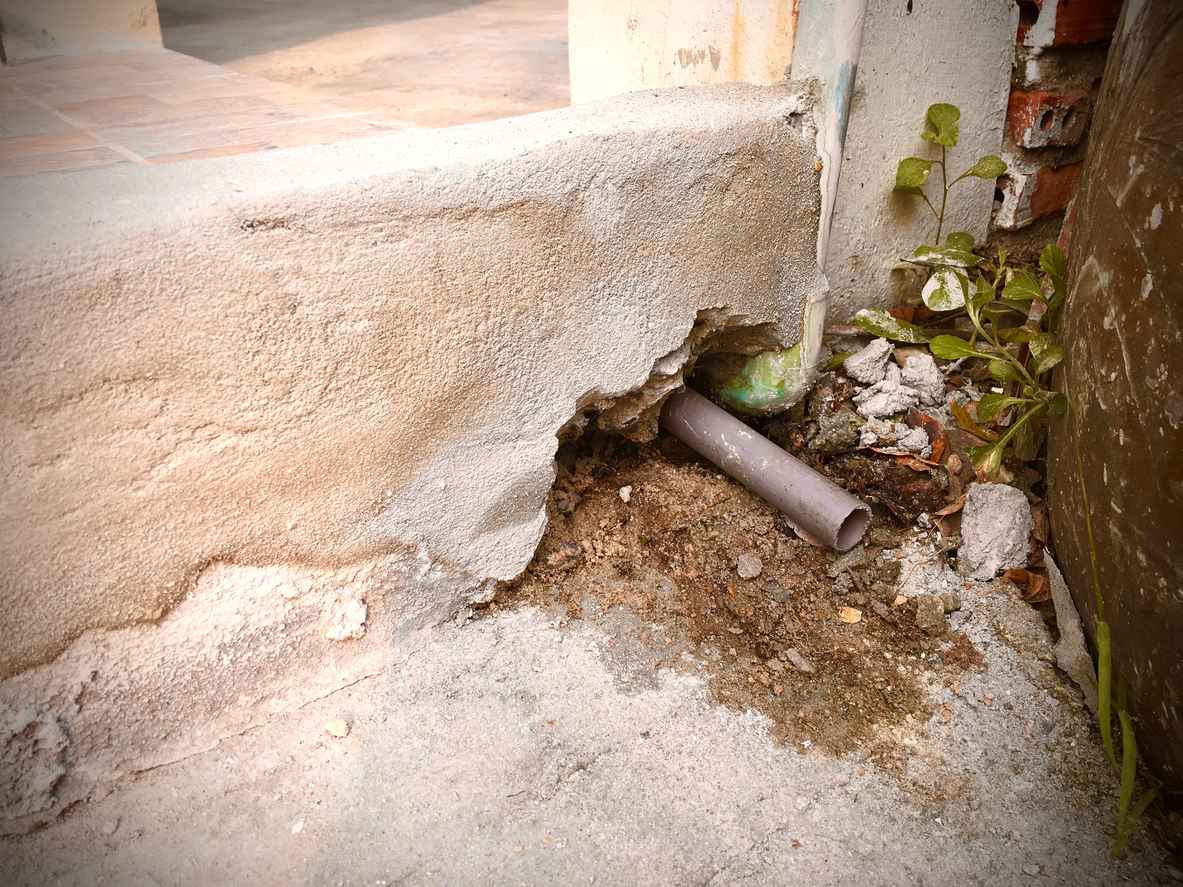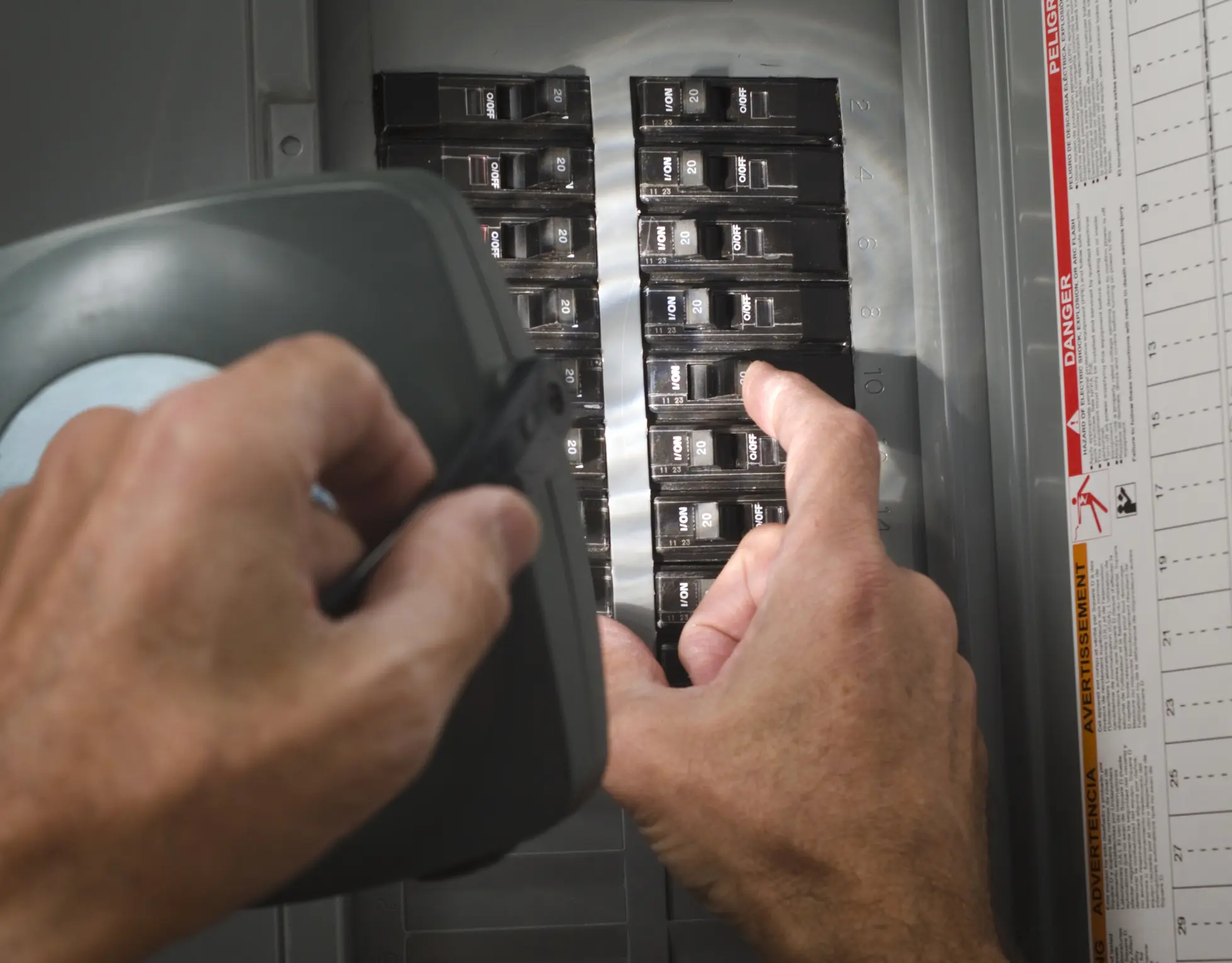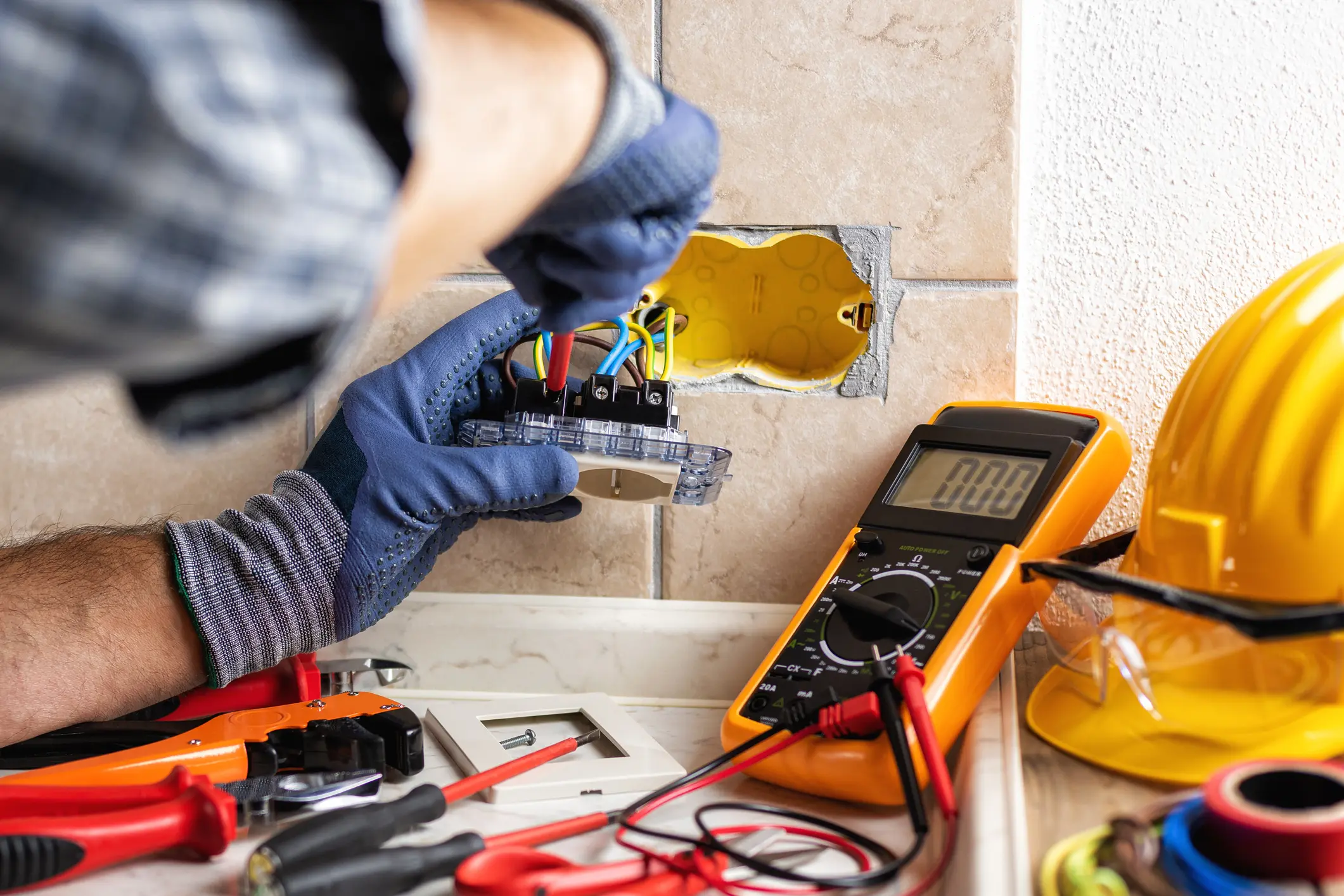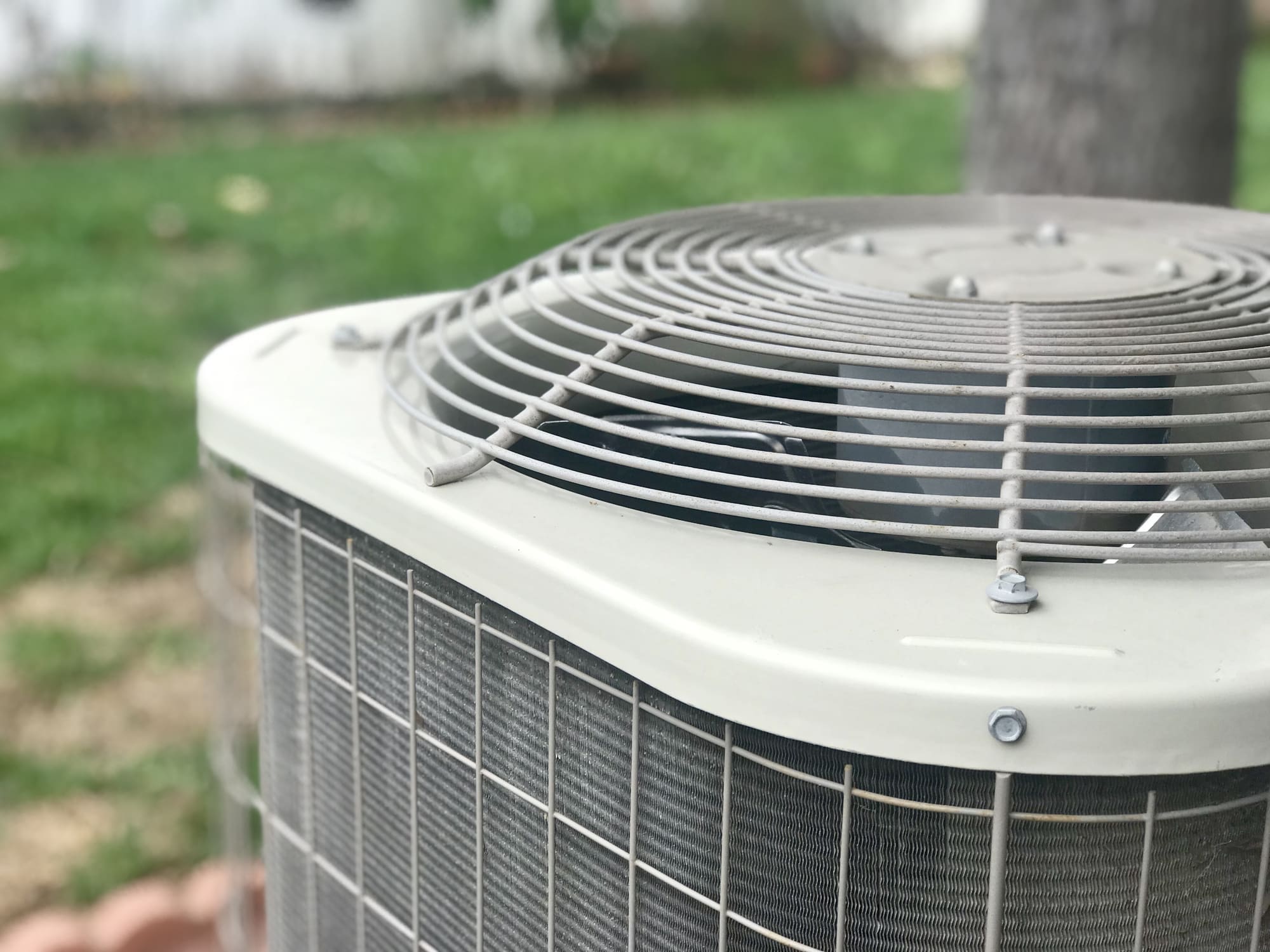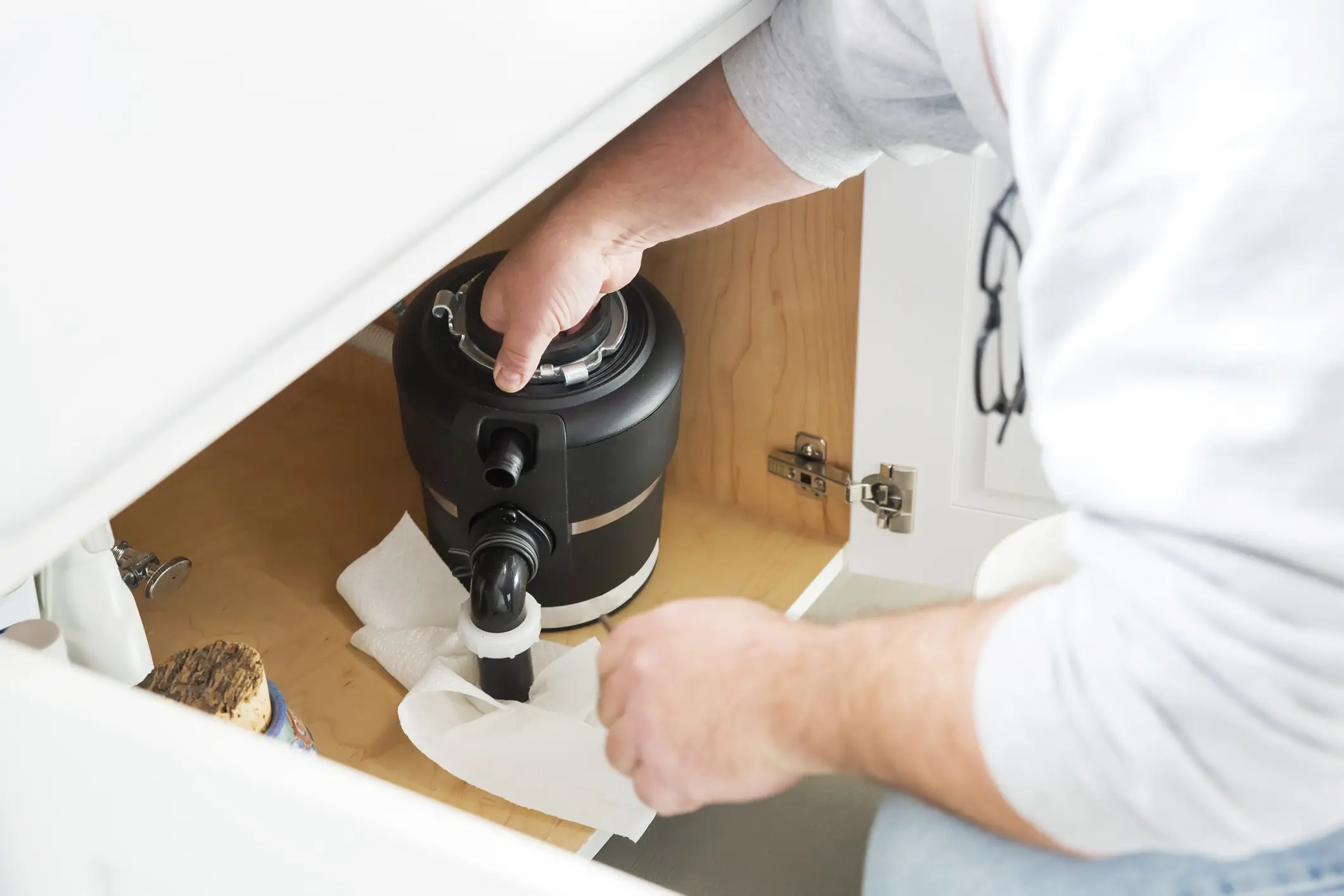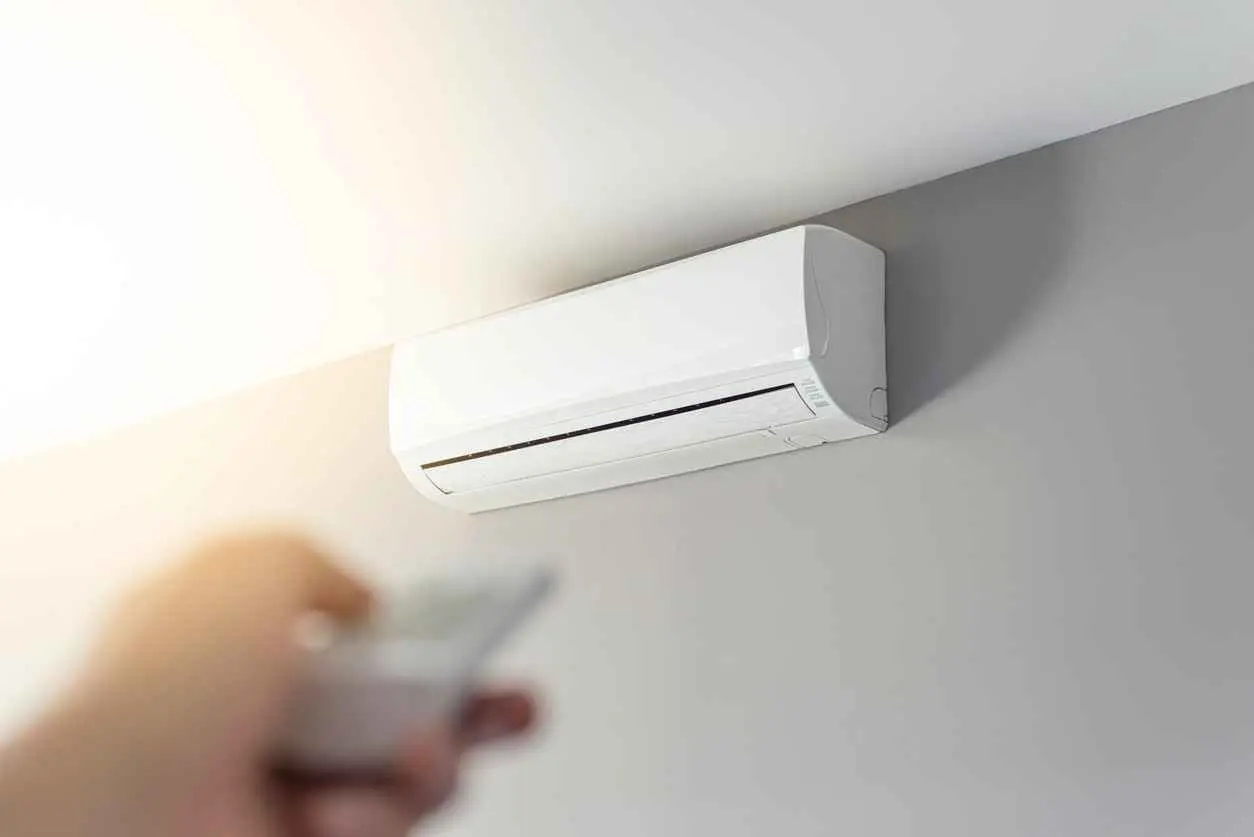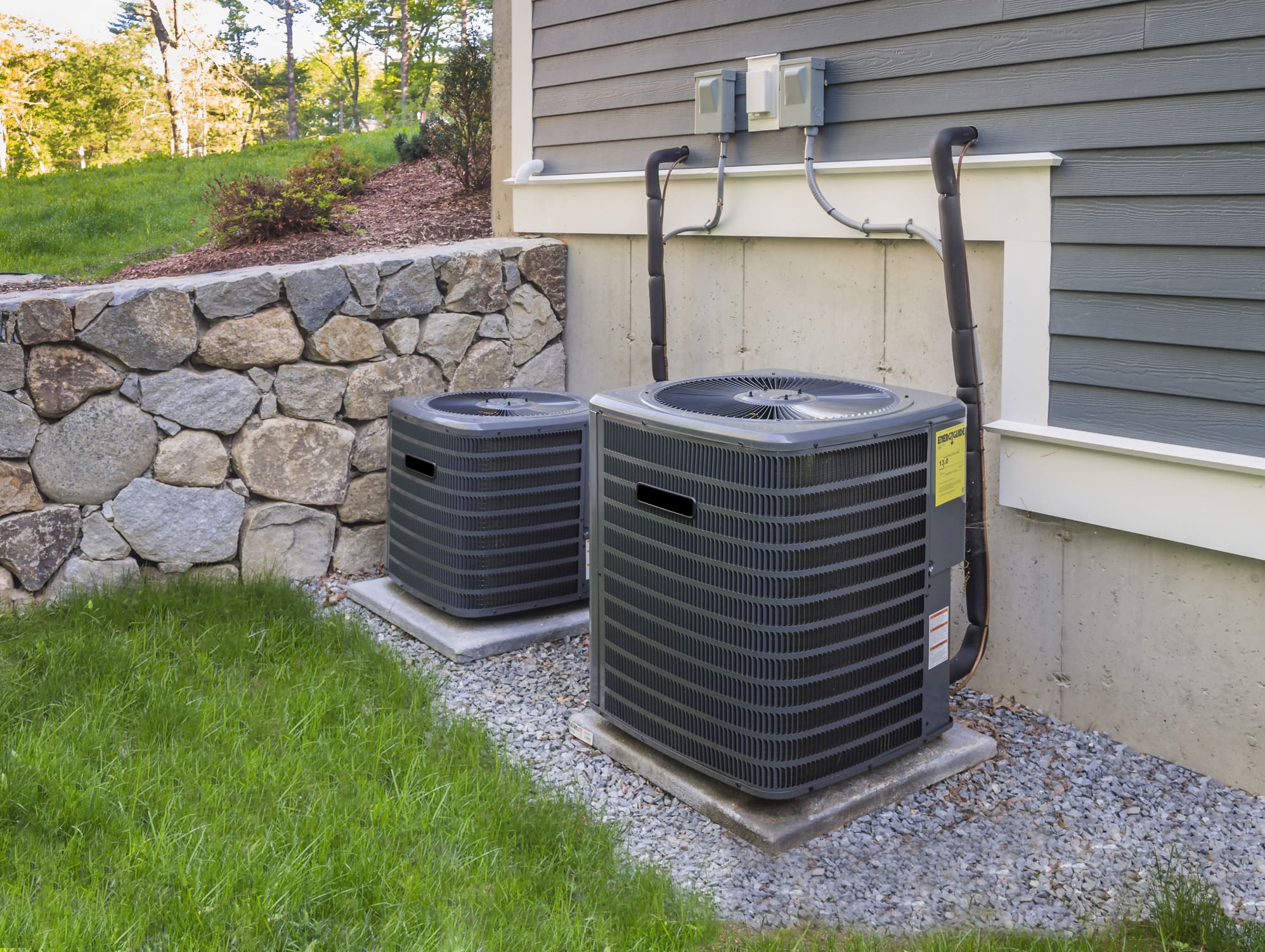Back to Blog
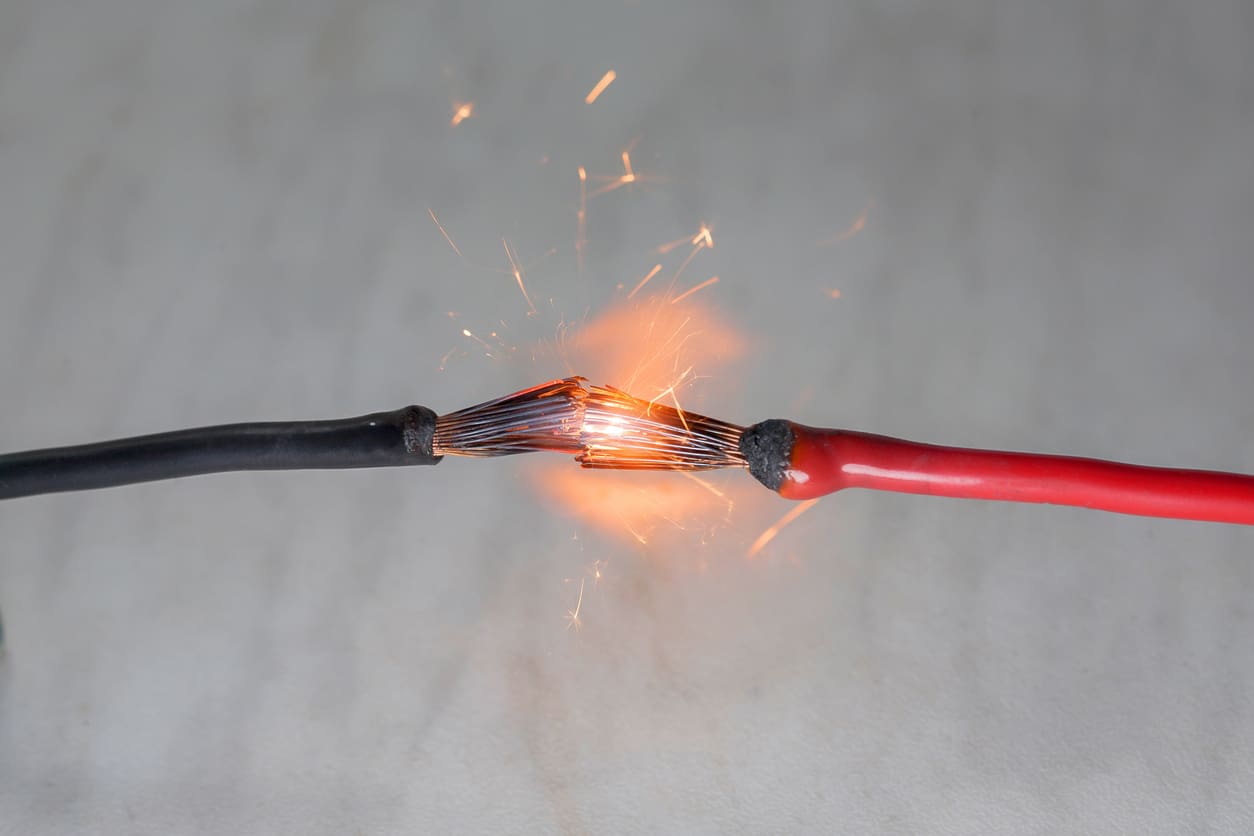
What is a Short Circuit and What Causes One?
Understanding the basics of electrical issues is crucial for maintaining a safe home and work environment. Among these occurrences, short circuits are perhaps some of the most common and potentially dangerous issues that can occur in an electrical system. In this article, we’ll delve into what a short circuit is, explore its causes, and discuss how to address and prevent them effectively.
What is a Short Circuit?
A short circuit occurs when there is an abnormal connection between two nodes of an electric circuit intended to be at different voltages. This results in an electric current that bypasses the designed circuit path, leading to a path of very low resistance. The term “short circuit” itself suggests a shorter pathway for electricity, bypassing the intended route.
Short Circuit Definition and Meaning
Technically, a short circuit is defined as a connection that allows current to travel along an unintended path with no or very low electrical impedance. This situation can cause a sudden increase in current flow, leading to excessive heat and potentially fire or other damage.
Common Causes of Short Circuits
Identifying the causes of short circuits is key to prevention. Here are some of the most common factors that can lead to a short circuit:
1. Faulty Installation
Improper wiring and incorrect connections can easily result in short circuits. This is often due to inadequate training or neglecting to follow proper installation procedures.
2. Damaged or Aged Wiring
Over time, wiring insulation can deteriorate, which might lead to exposed wires. These exposed wires can touch each other or ground surfaces, causing a short circuit. Environmental factors such as rodents, corrosion, or persistent moisture can accelerate this deterioration.
3. Loose Connections
Connections that are not securely tightened can lead to increased resistance at the connection point, which may heat up and eventually cause a short circuit.
4. Overloaded Circuits
Adding too many devices to a circuit can exceed the current capacity of the wiring. This can cause overheating and eventually lead to a short circuit as wires or devices fail.
Electrical Short and Short Circuit Electricity
An electrical short can occur in both high-voltage power grids and in common household wiring. In homes, short circuits can lead to the tripping of circuit breakers or the blowing of fuses, acting as safety mechanisms to prevent damage and fire hazards.
How to Fix a Short Circuit
Fixing a short circuit involves several steps, which should be performed with caution and preferably by a professional:
- Identify the Source: Use a multimeter to check for continuity in the wiring or devices. This can help locate where the short is occurring.
- Disconnect Power: Always turn off the power supply before attempting any repairs to prevent electrocution and further damage.
- Inspect and Replace Damaged Components: Look for any signs of damaged wires, burnt components, or melted insulation. Replace these components with new, high-quality materials.
- Test Before Re-Energizing: After repairs, test the circuit with a multimeter before turning the power back on. This ensures that the issue is fully resolved.
- Professional Assessment: If you’re not confident in your ability to diagnose and repair the short circuit, or if the problem recurs, it’s important to call in a professional.
Preventing Short Circuits
Prevention is always better than repair when it comes to electrical safety. Here are some tips to help prevent short circuits:
- Regular Inspection: Have a qualified electrician inspect your electrical system periodically to ensure that all components meet safety standards.
- Proper Load Management: Avoid overloading circuits by spreading out high-wattage appliances across multiple circuits.
- Quality Materials: Use high-quality and appropriate gauge wiring and components during installations or replacements.
- Secure Installations: Ensure all electrical connections are tight and secure during installations.
Conclusion
Short circuits are a serious electrical issue that can lead to significant damage and hazards if not addressed properly. Understanding what a short circuit is and recognizing the common causes are your first steps towards safeguarding your home or business against such risks. If you suspect a short circuit or need help with any electrical issues, remember that it’s always safer to rely on professionals.
For all your plumbing and electrical needs, don’t hesitate to call Lickety-Split. We’re here to ensure your systems are safe, efficient, and well-maintained. Contact us today!

Home Services You Can Trust
When solving problems in your home, you want the people you trust most to be on the job.
Click to Call

